Clay soil is not used in the majority of gardens, which is a shame since it has so many great benefits. When you walk into a Gardener’s, the first thing they’ll hand you if you ask for garden bed soil is a sack of loam. And while loam soil certainly has its ups, it doesn’t come close to the variety of pros clay soil does.
In the following article, we’ll be walking you through the top 7 advantages of using clay soil in garden beds as put together by our team of researchers. We can promise that you’ll see this type of soil in a different light by the end and want to treat your plants to it right away.

Top 7 Advantages of Using Clay Soil in Garden
The following information will help you to decide whether you should use clay soil in your garden or not.

1. It Retains Moisture
Clay soil has often been neglected for being “soggy” or “sodden.” However, if you know how to use clay soil properly, you would also know that it is not sodden but rather retains moisture that helps out plants during dry seasons.
It’s a tested and proven fact that clay soil has double the amount of moisture after humid or rainy conditions. When soil retains more moisture, plants’ transpiration improves, and the plants require less frequent watering.

This is especially crucial to plants in raised garden beds, as they dry out way quicker than plants in conventional garden beds.
2. Packed with Nutrients
If you want your plants to thank you, treat them with clay soil. It has geochemical properties, which make them adhere to bacteria and therefore makes it antimicrobial. This way of killing off bacteria enables plants to retrieve nutrients such as nitrates from the dead material.
The clay has a high cation exchange capacity, which aids in the cooperation of positive and negative ions in the soil. This makes the soil require little to no amount of fertilizers, which is great if you’re trying to cut down on artificials for your garden.
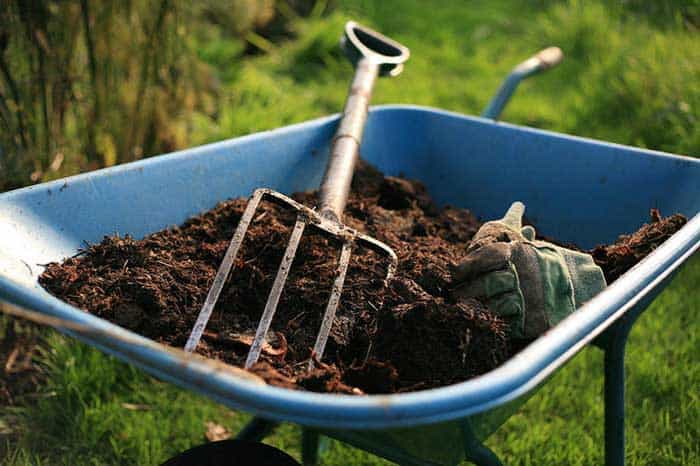
Plus, this quality makes this soil a great choice for growing tomatoes and courgettes since they take up more nutrients.
3. Great Workability
Finding clay soil to be uncooperative with your garden? The simple way to solve this is by supplementing it with seaweed and leaf mold. This will loosen up the soil and make it blend in well with the plants, and enhance its retain ability to nutrients.
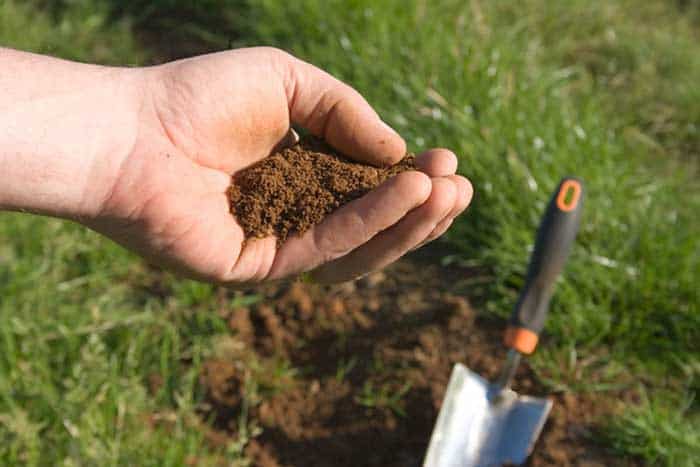
Like this, clay soil can easily be used with other plant material to increase its workability to almost any crop type. Most times, you’ll be advised to replace the soil entirely, but you don’t have to take such extreme measures with clay soil.
4. Low Cost Maintenance
As you might have noticed already, clay soil is much more inexpensive to take care of than most other soil types. Using it for your garden actually reduces costs for other plant supplies by a fair amount.
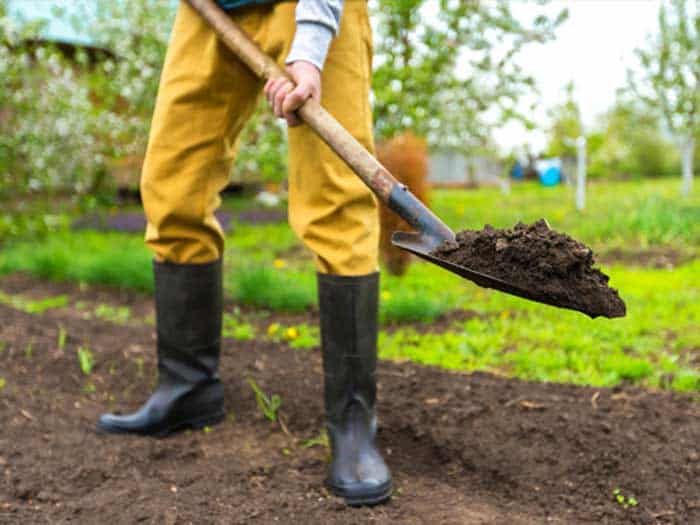
Fertilizers, pesticides, and liquid aerators are just a few examples of what clay soil can replace naturally. While these chemicals may do well in the first few uses, they can actually damage the protein in your plants, especially if your plants don’t do well with artificials.
Clay soil, however, solves this issue and rewards your plants with healthy nutrients.
5. Good for Delicate Roots
If you’ve ever noticed the plants in your garden beds being highly susceptible to root rot or breakage, then the problem is with the type of soil you use. Most soils tend to give in to these issues, whereas clay soil prevents both.

Clay soil protects roots from breaking away. This is great for crops that have thin roots that require gentle care. With its antimicrobial properties, clay soil is also an amazing option to naturally prevent root rot.
6. Prevents Leaching
Leaching is a more common issue than you may think. In fact, you could even be washing away the nutrients and good bacteria in your garden’s soil with overwatering. This is why clay soil is perfect for this case and works best in moist environments and/or areas with frequent wet weather.
Plant nutrients are positively charged, so they are attracted to the soil levels and “stick” like opposing sides of a magnet. Many of our clay soils organize themselves in layers or thin sheets that are negatively charged. This is also a reason why clay soil is used to naturally substitute fertilizers.
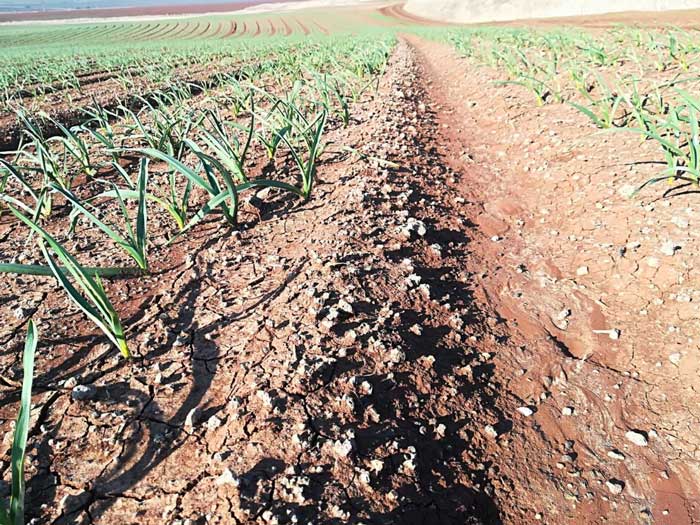
Clay soil already retains water and does let go of most of the nutrients when more water is added, which essentially makes it prevent leaching.
7. Better Visual Appeal
Loam and sandy soil may be advertised to you to be good for gardens, but the truth is, they drain out your beds’ soil life and look clumpy all the time. This is why more people gravitate towards clay soil for making their garden beds look neater.
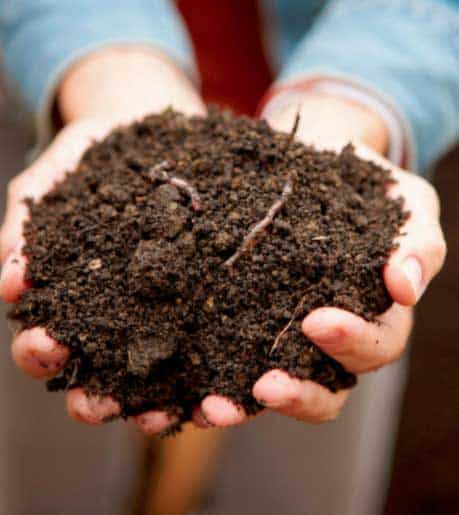
Since clay soil particles are very fine, they make for brilliantly presented gardens.
Conclusion
That concludes our top 7 advantages for using clay soil in garden beds. Hopefully, you have reconsidered your thoughts about this type of soil and have now fully grasped how excellent it is for many crops.